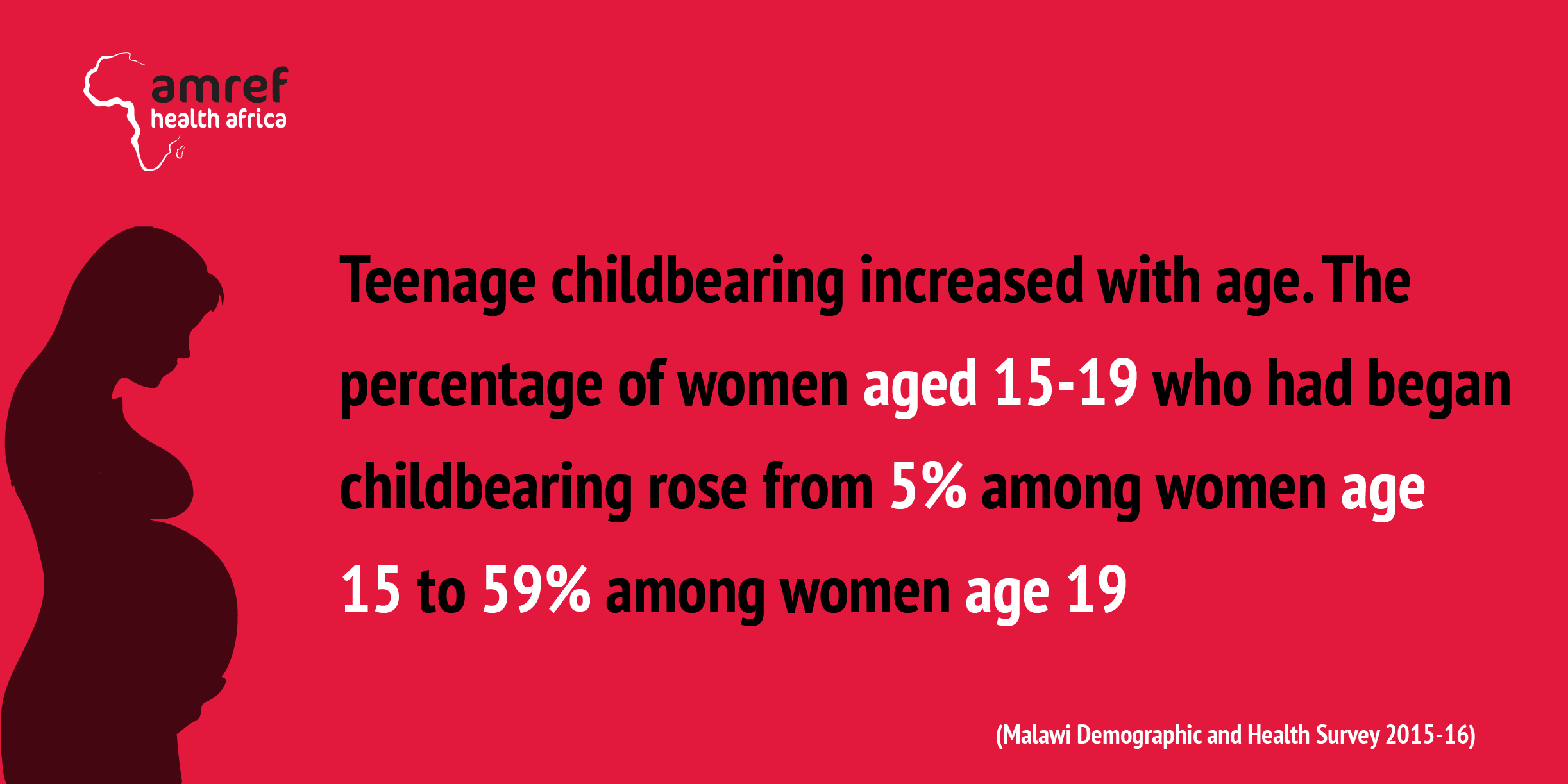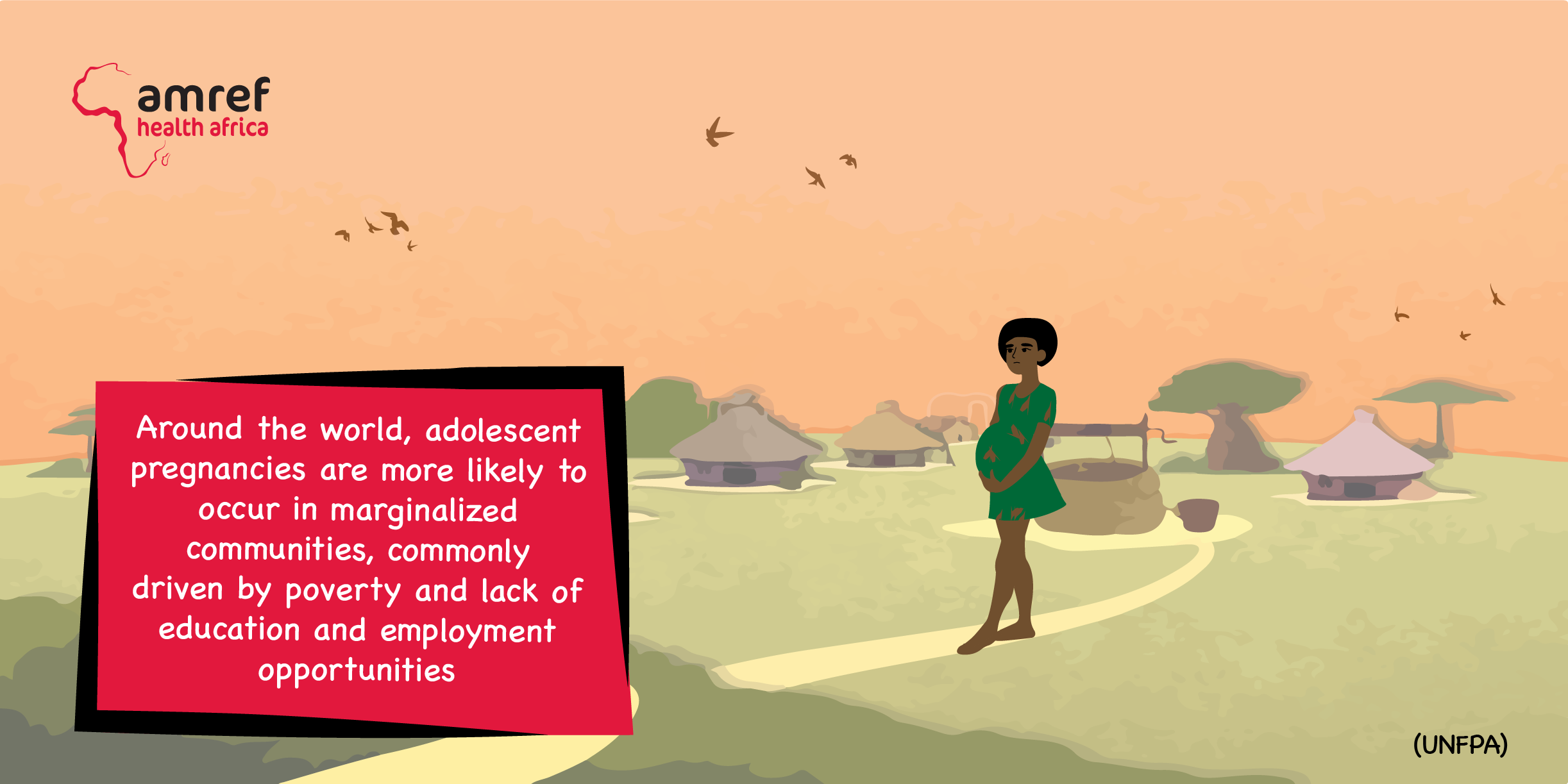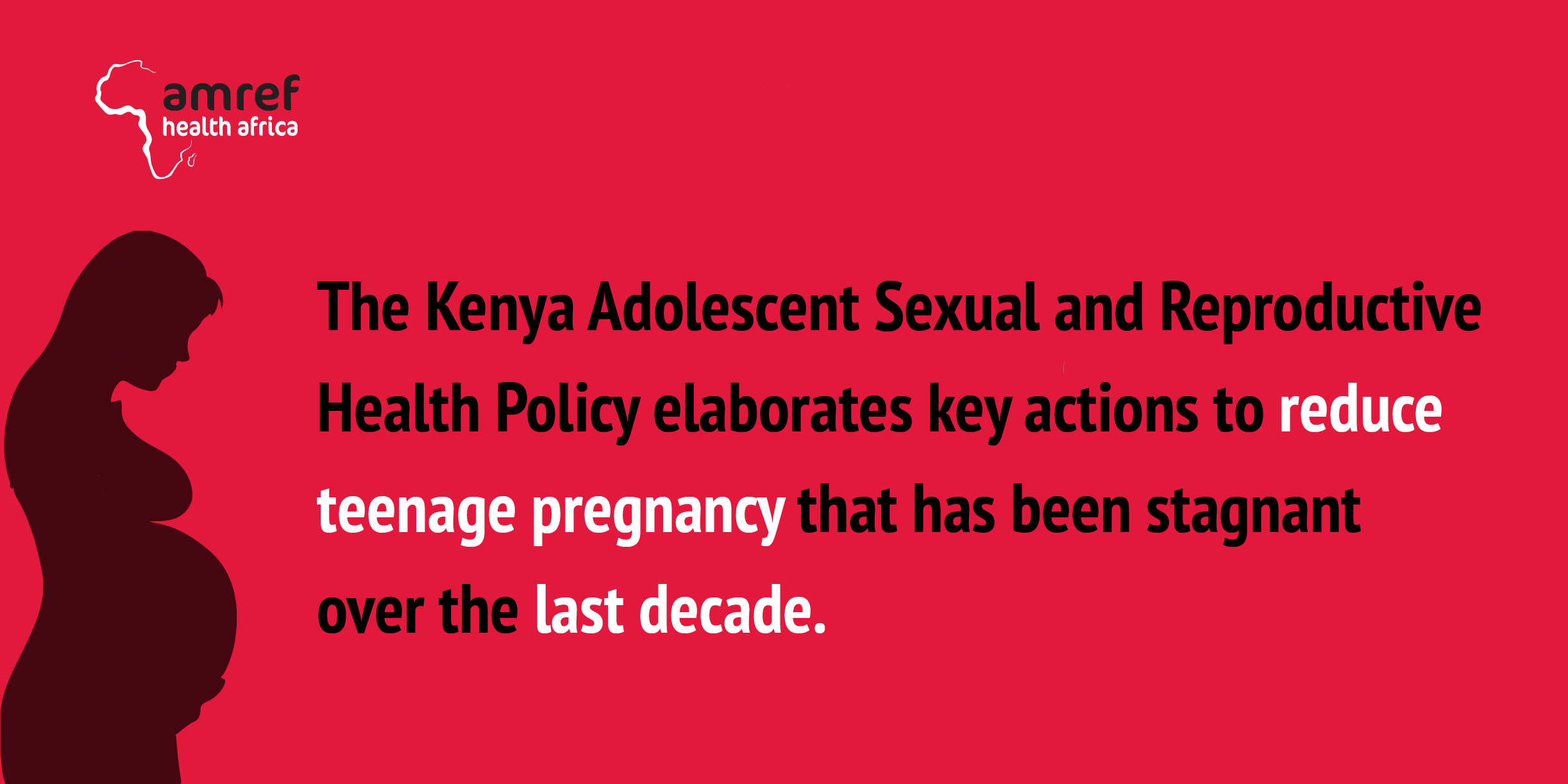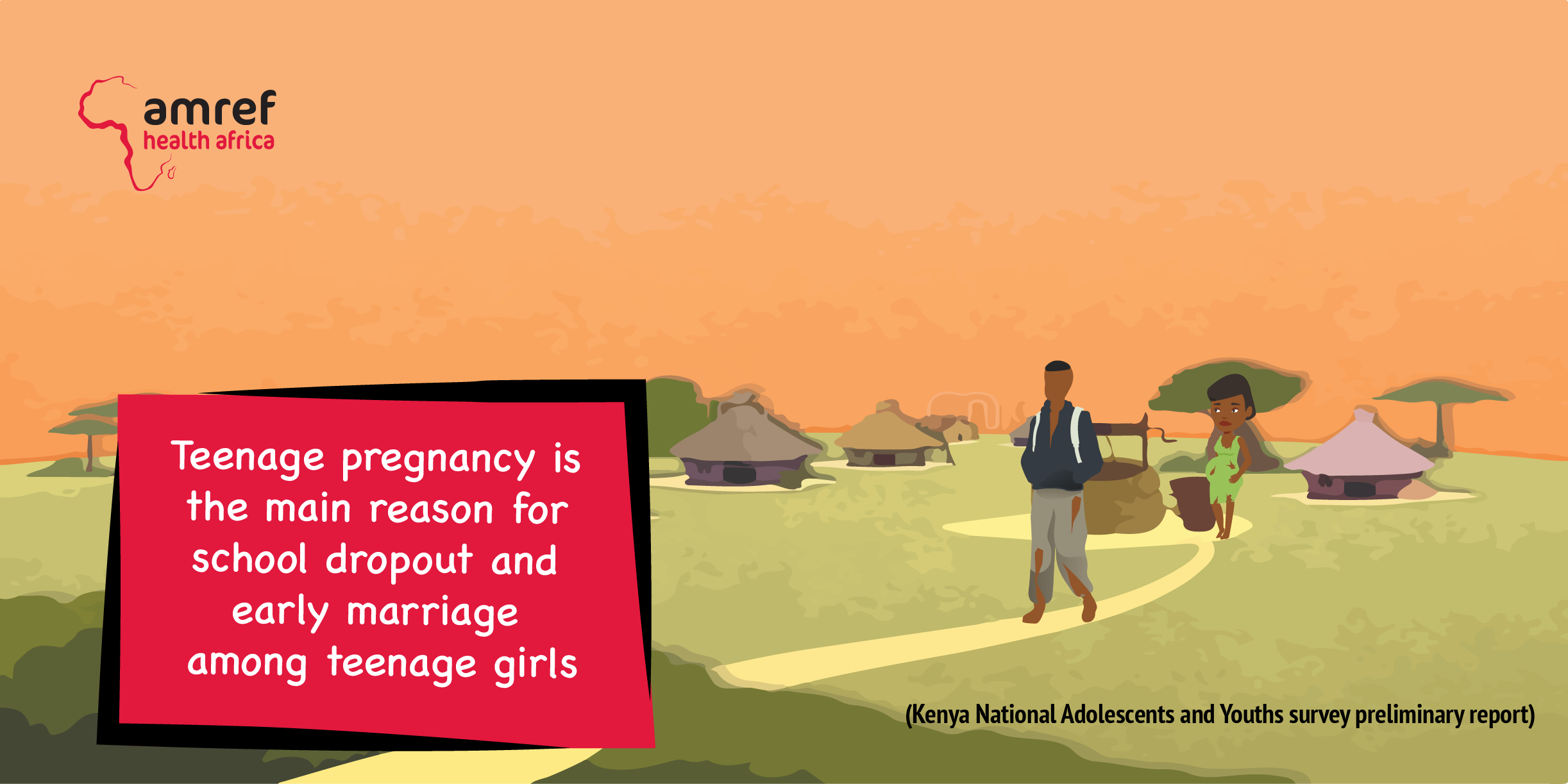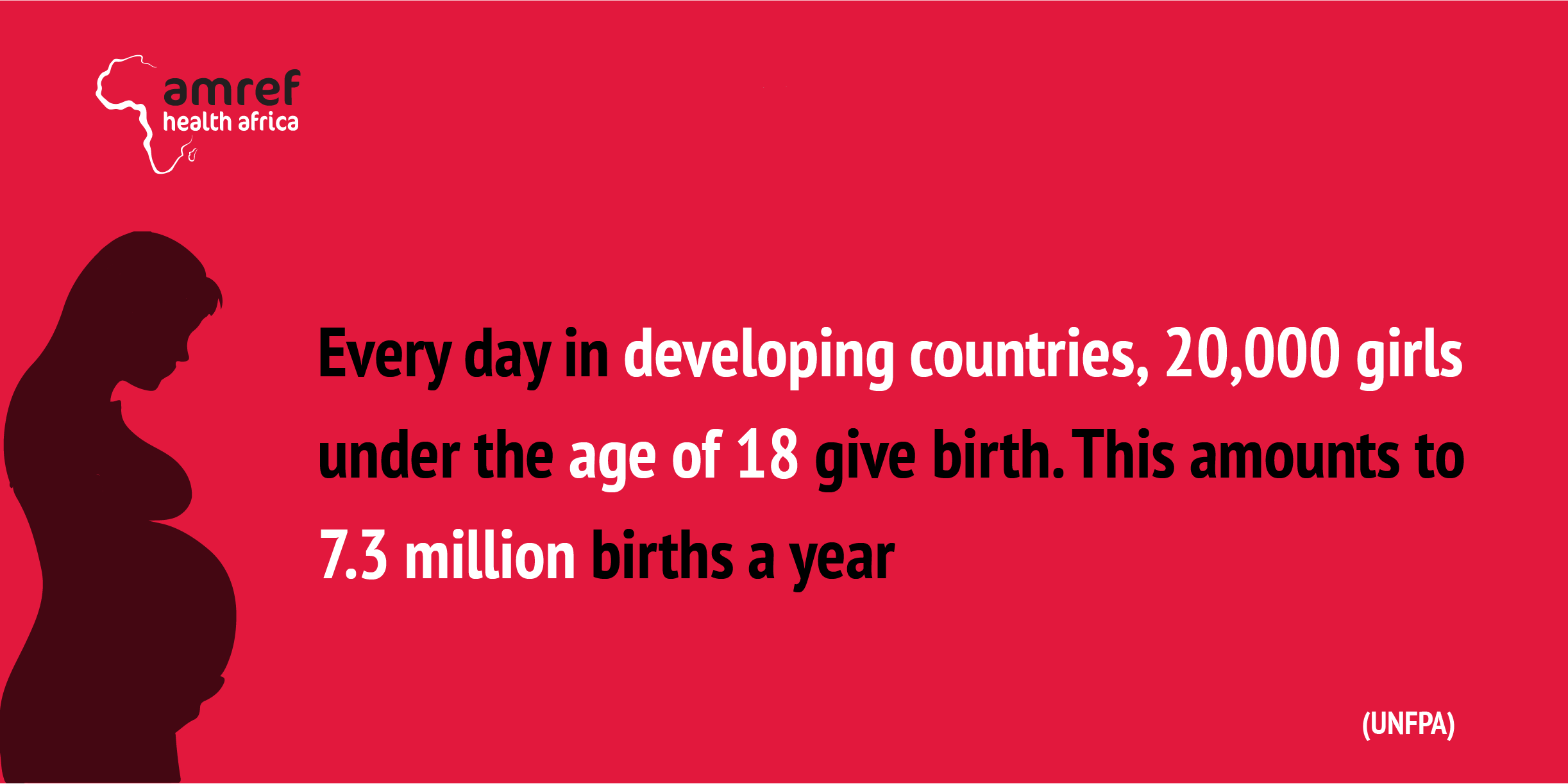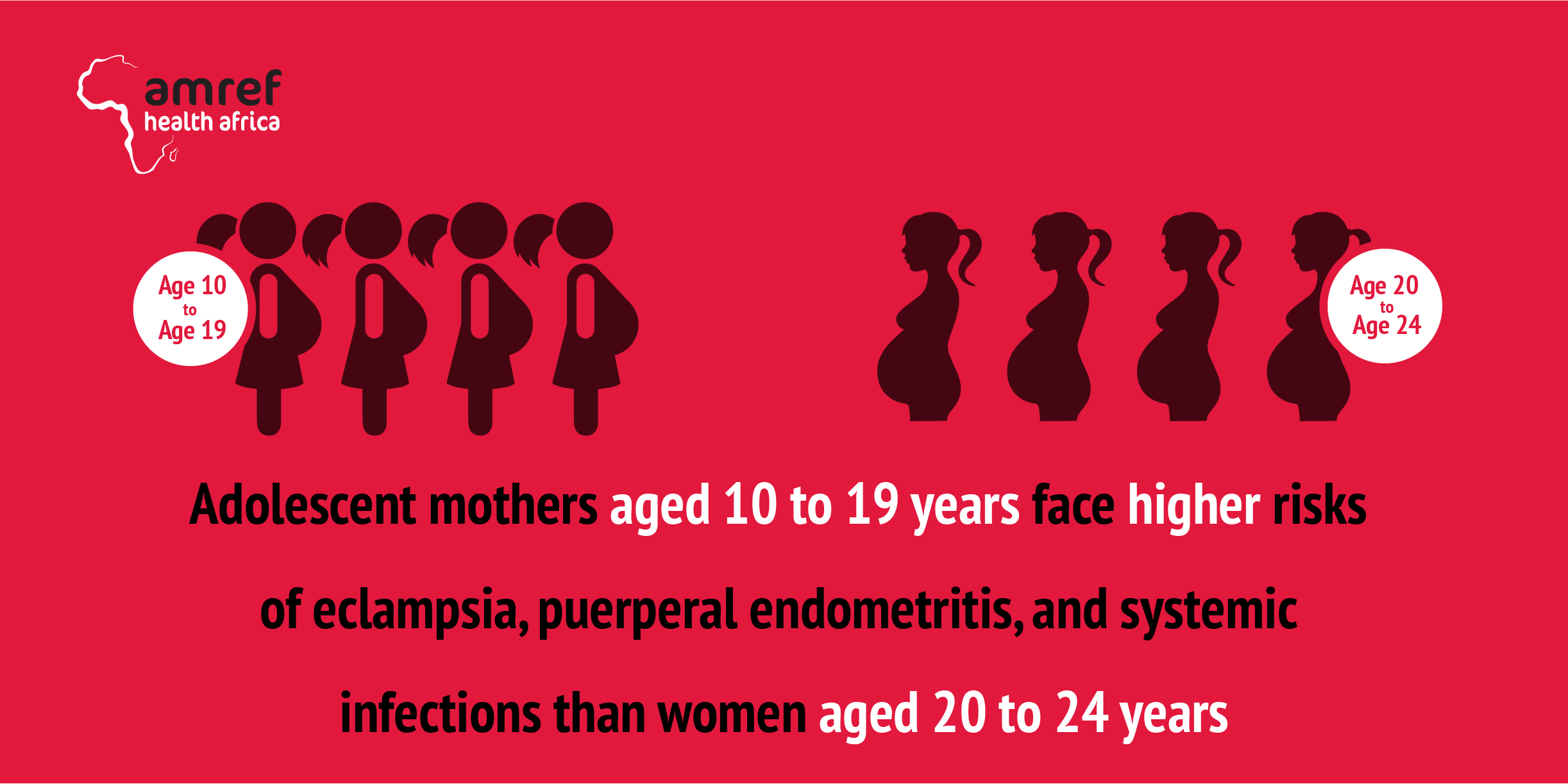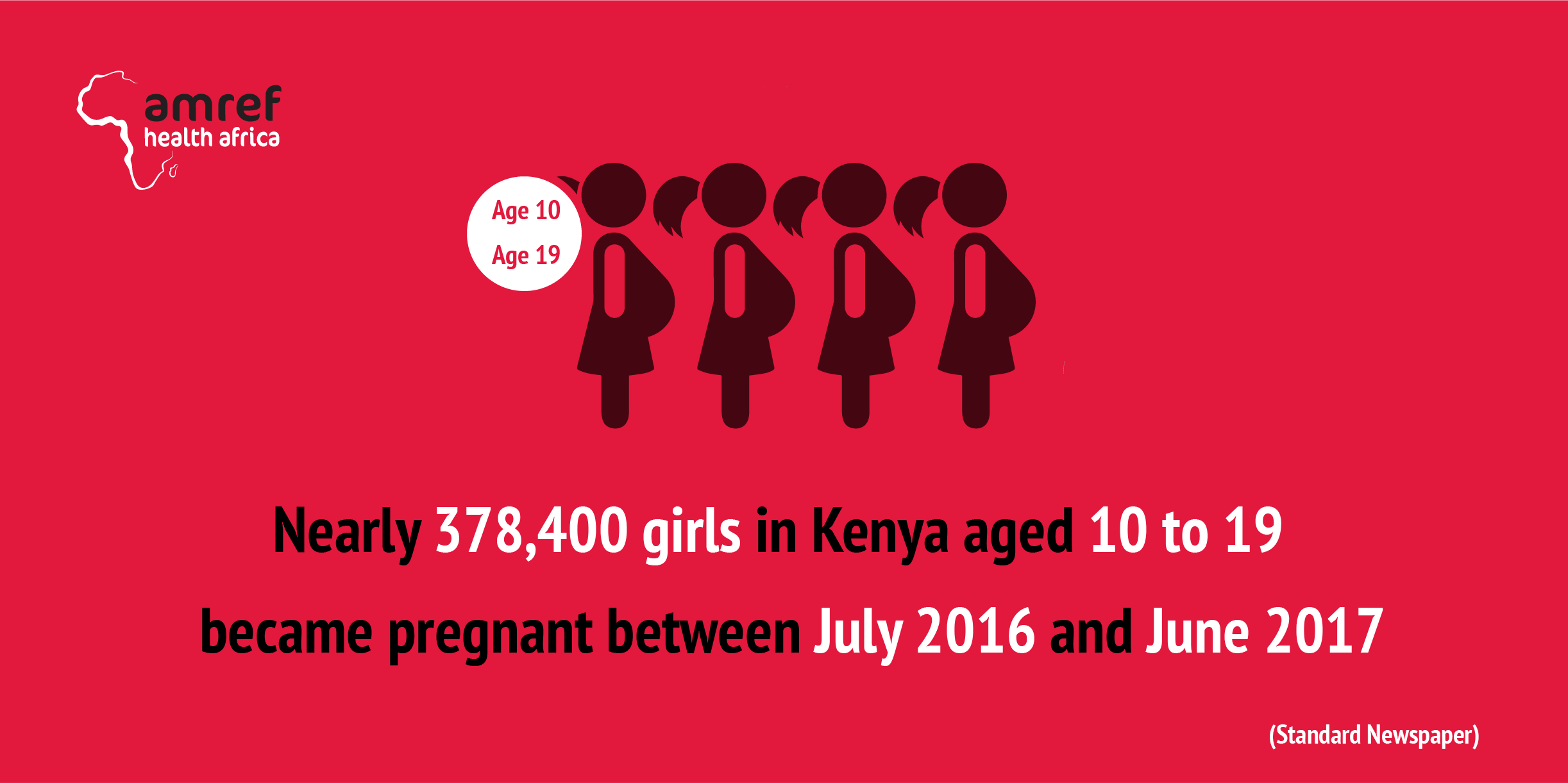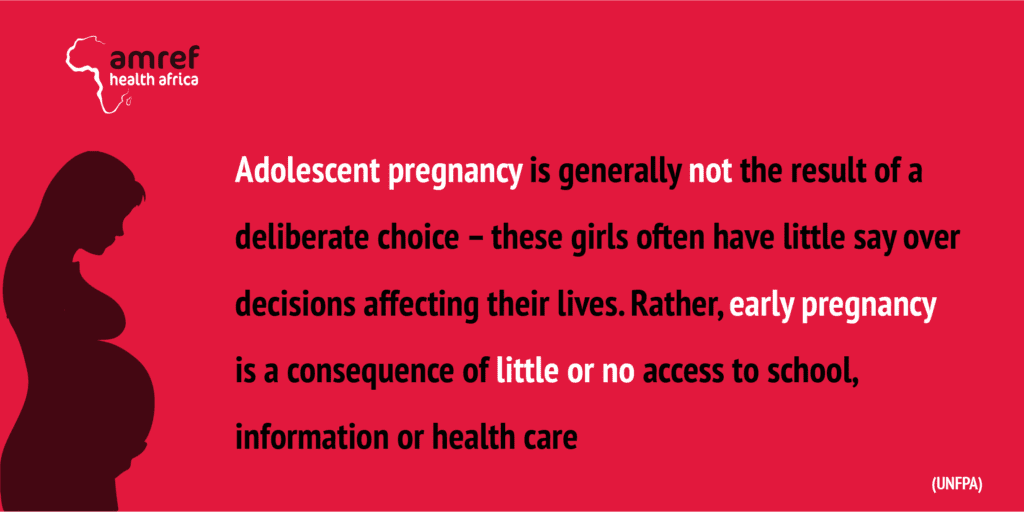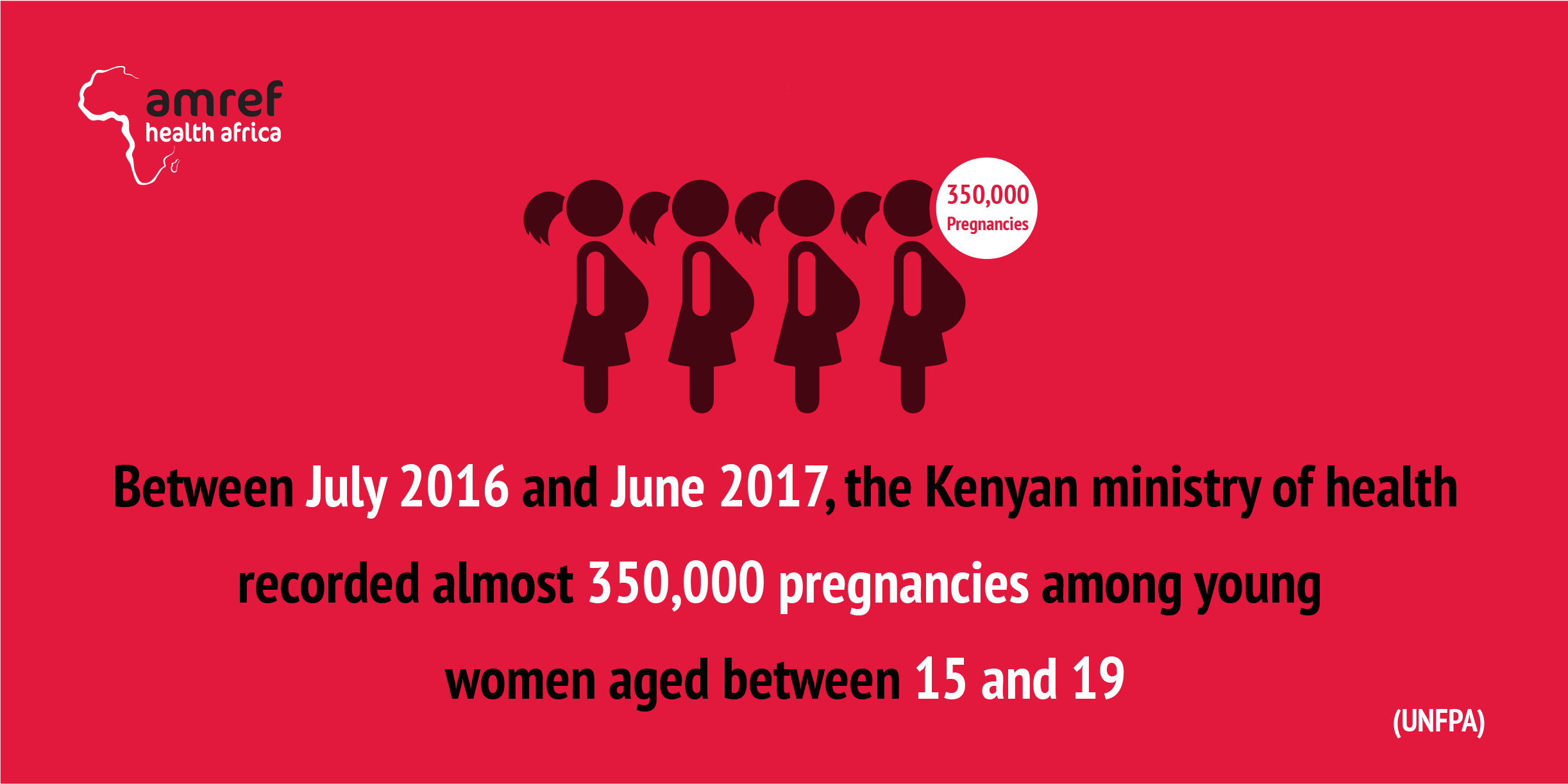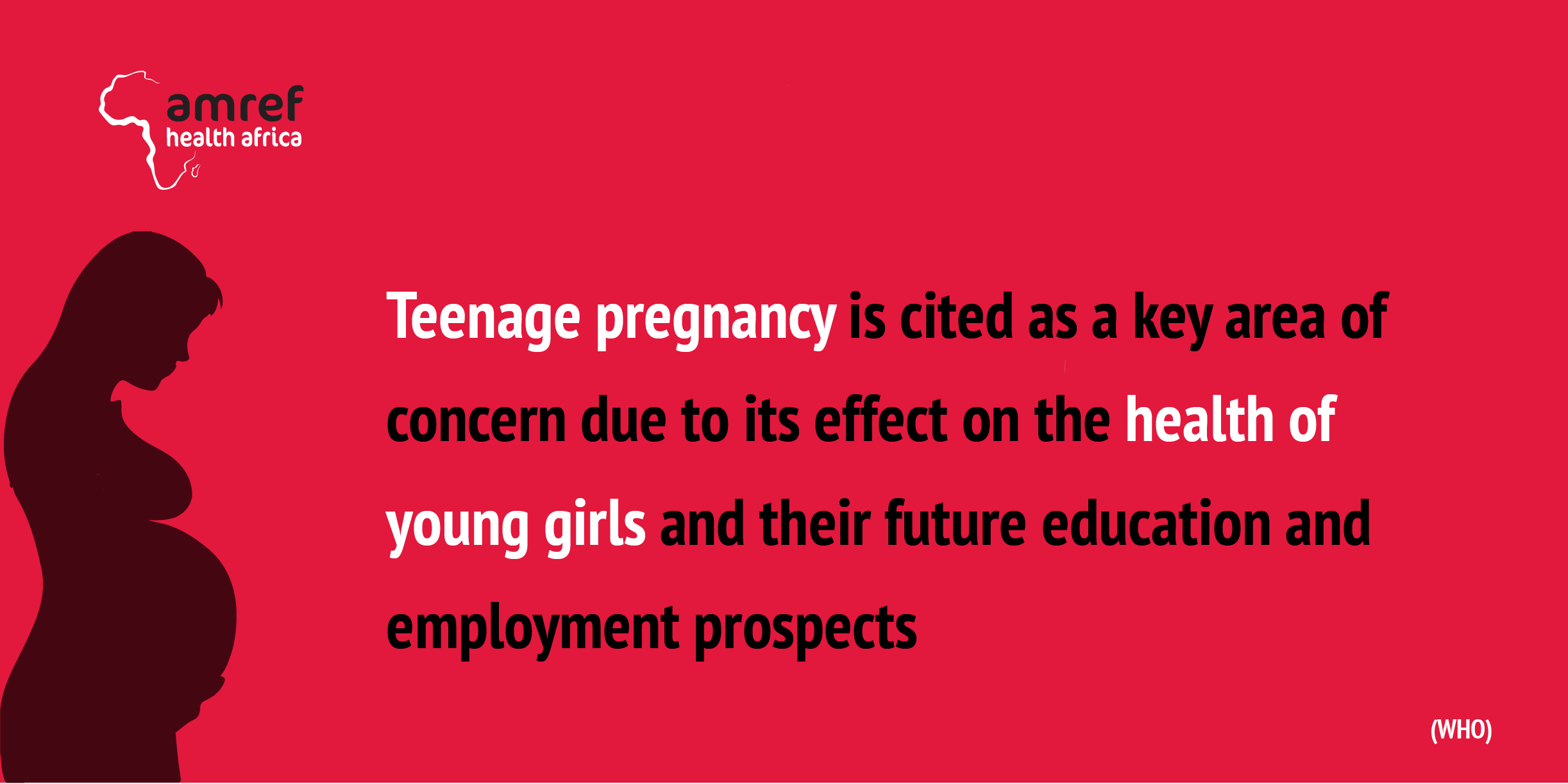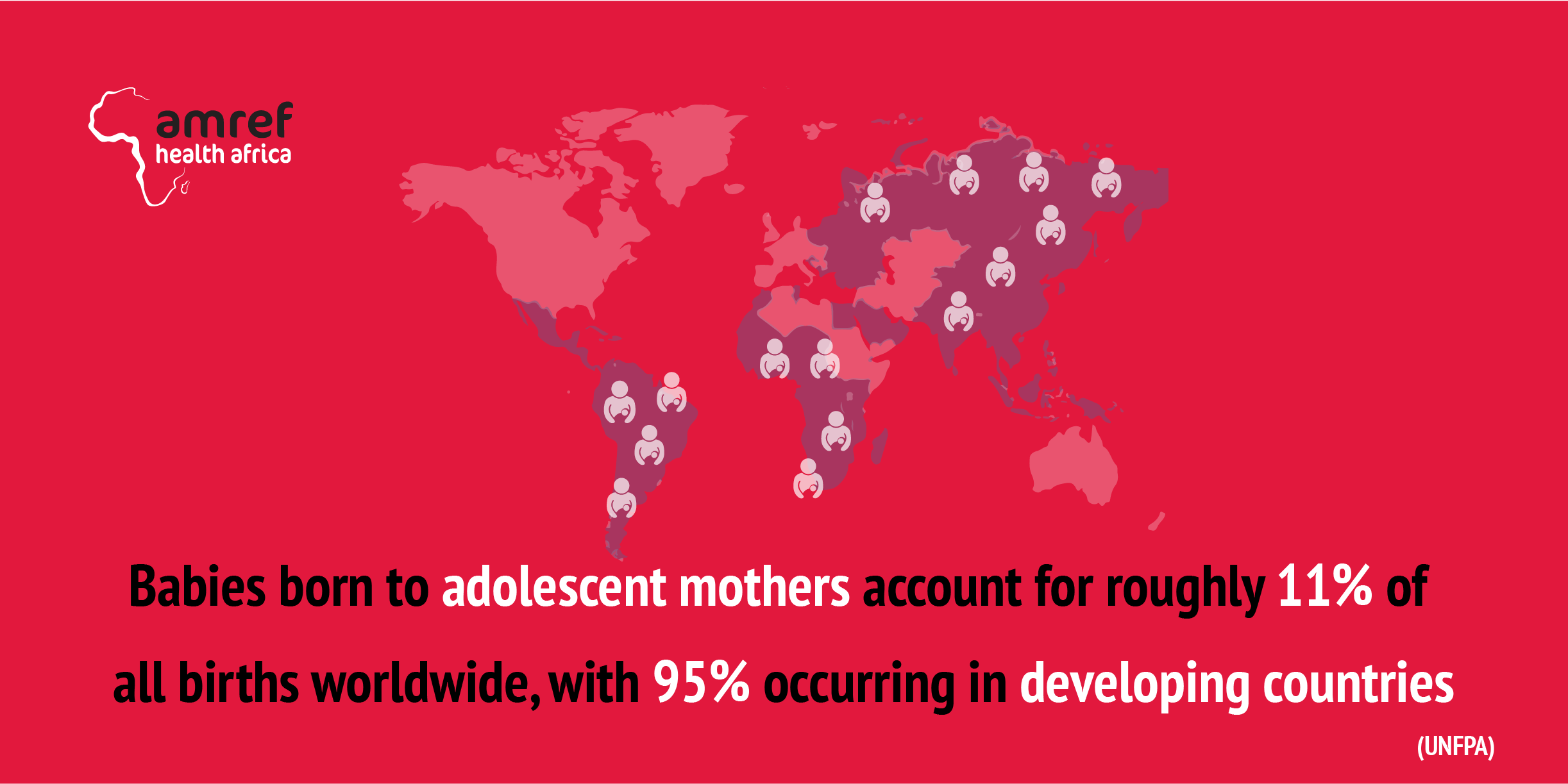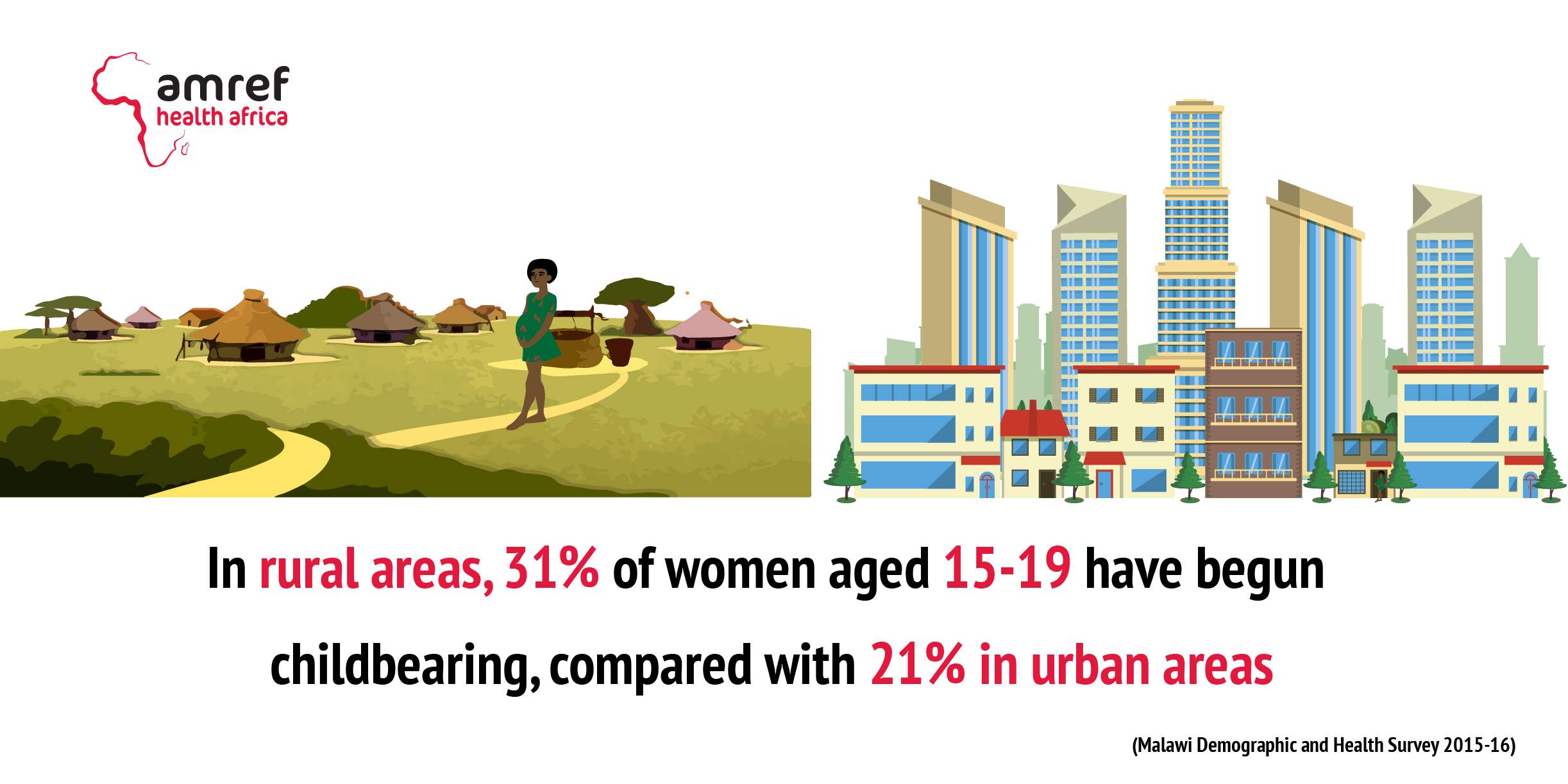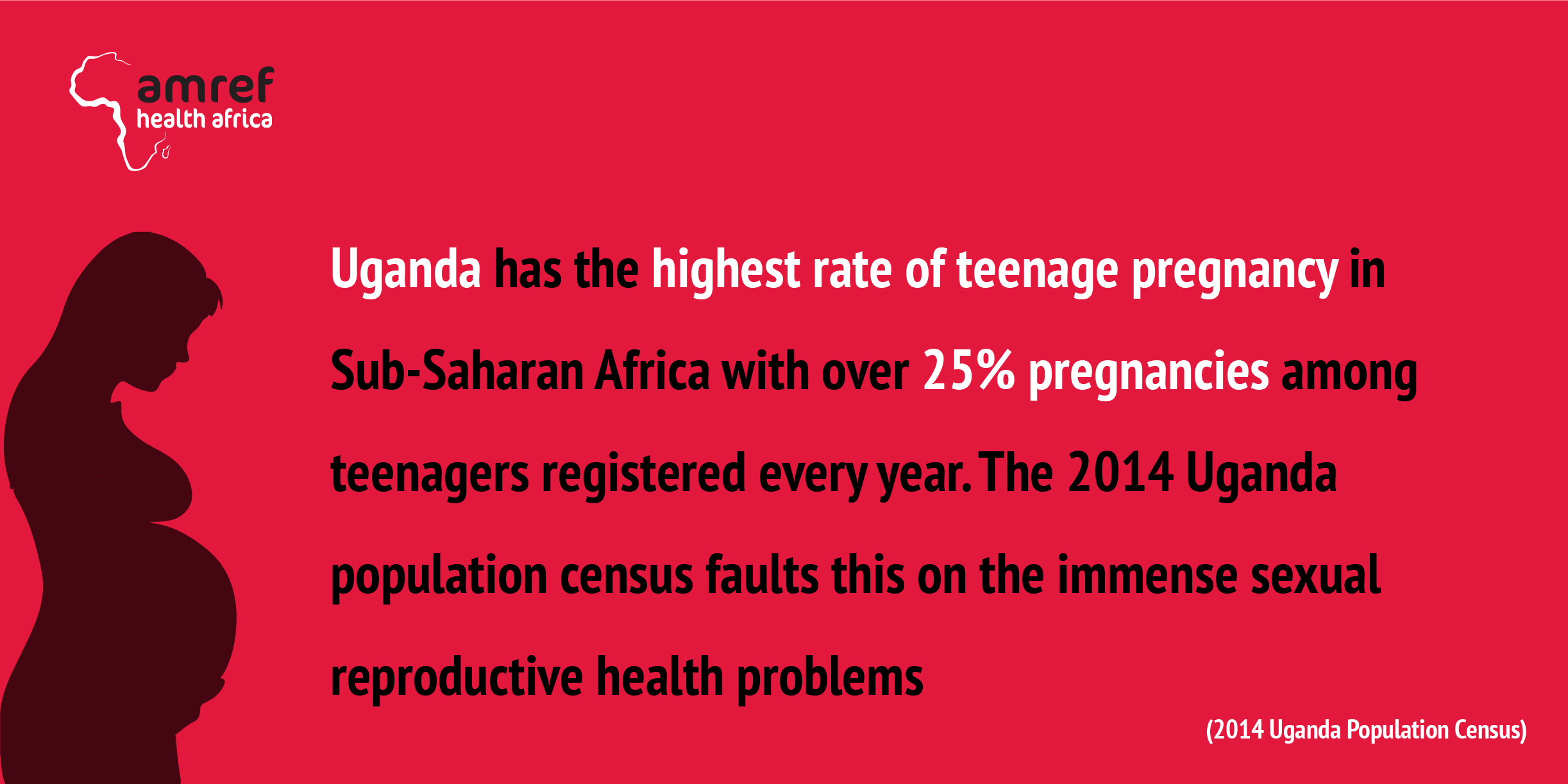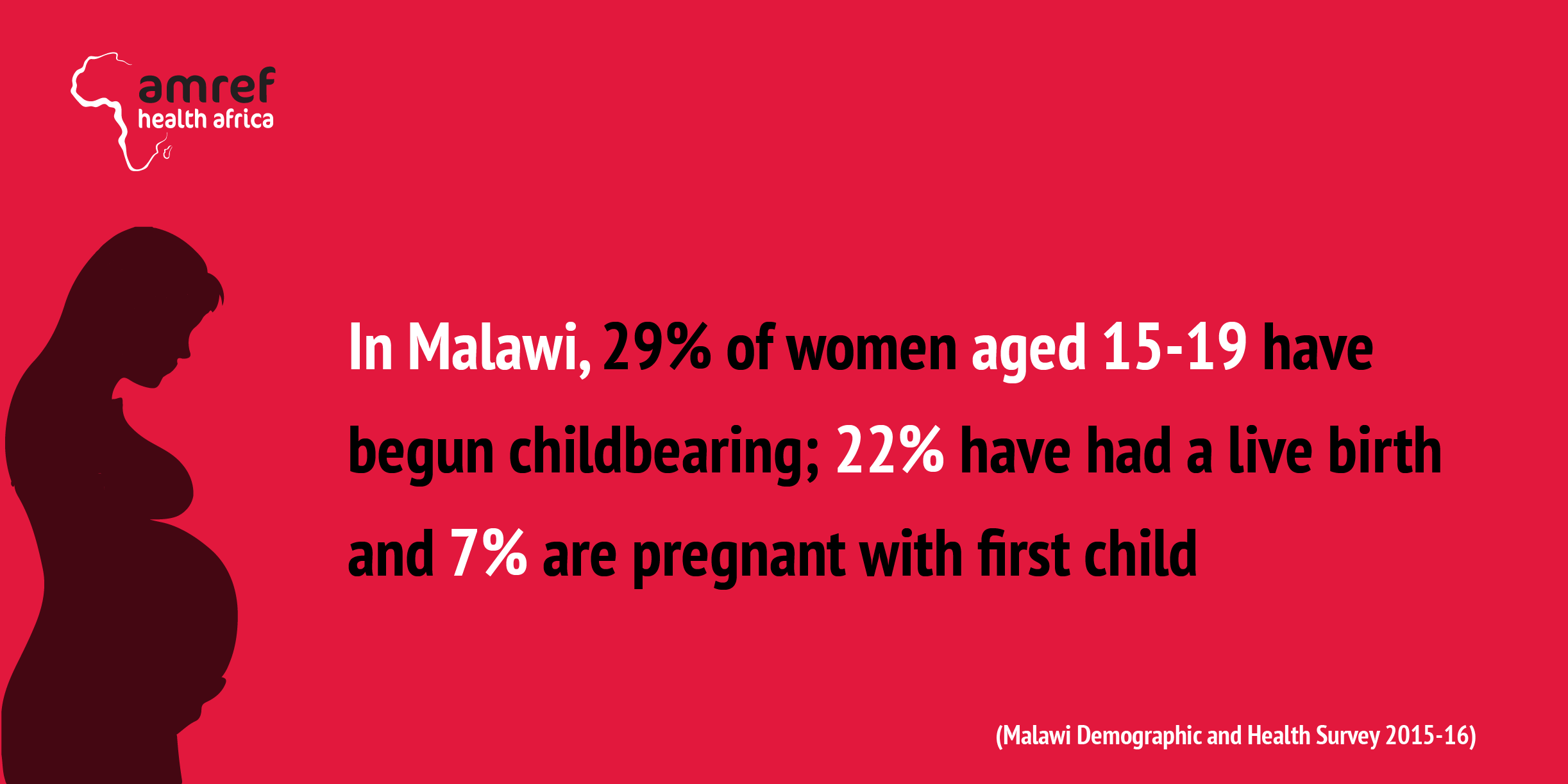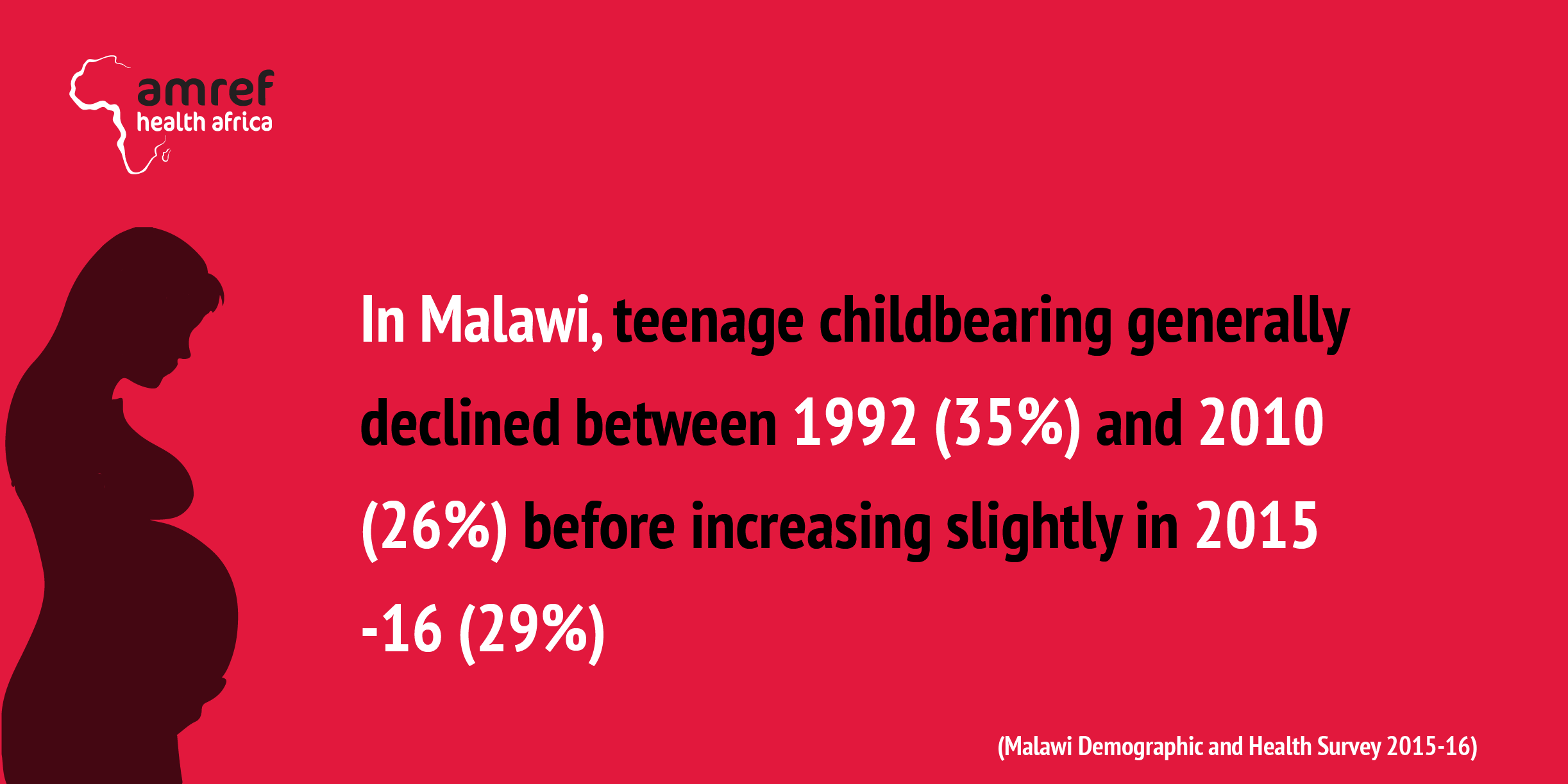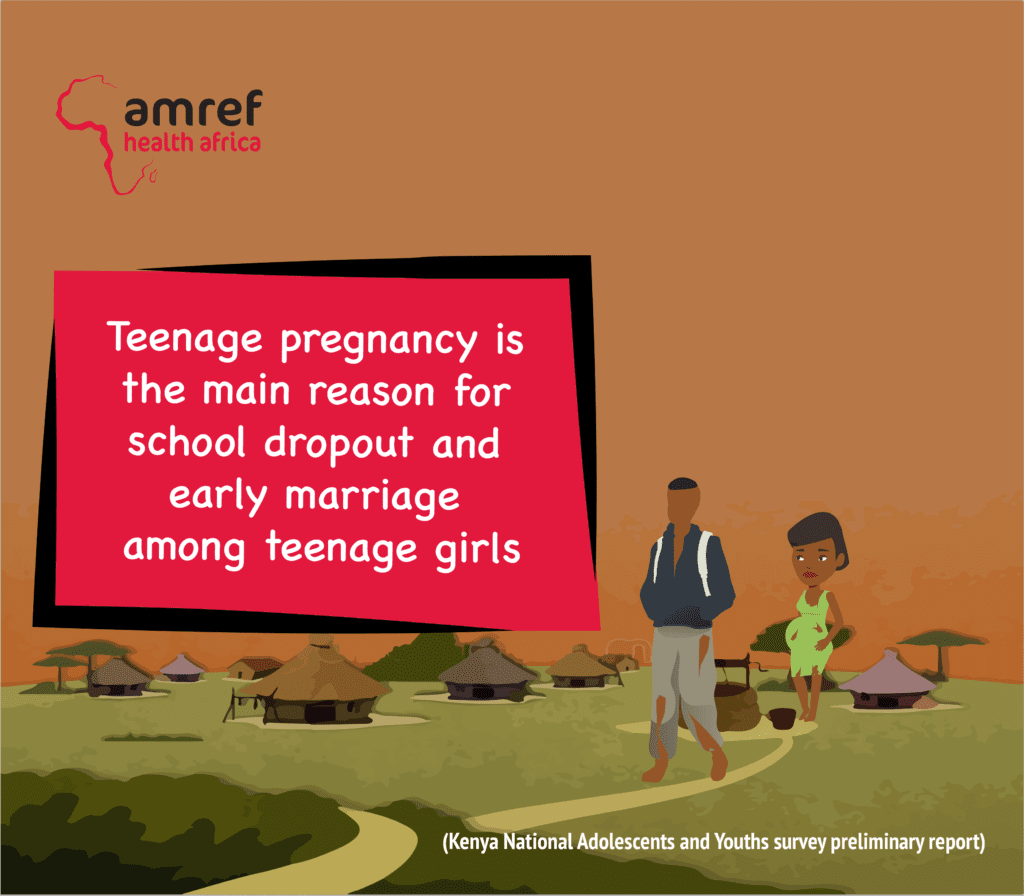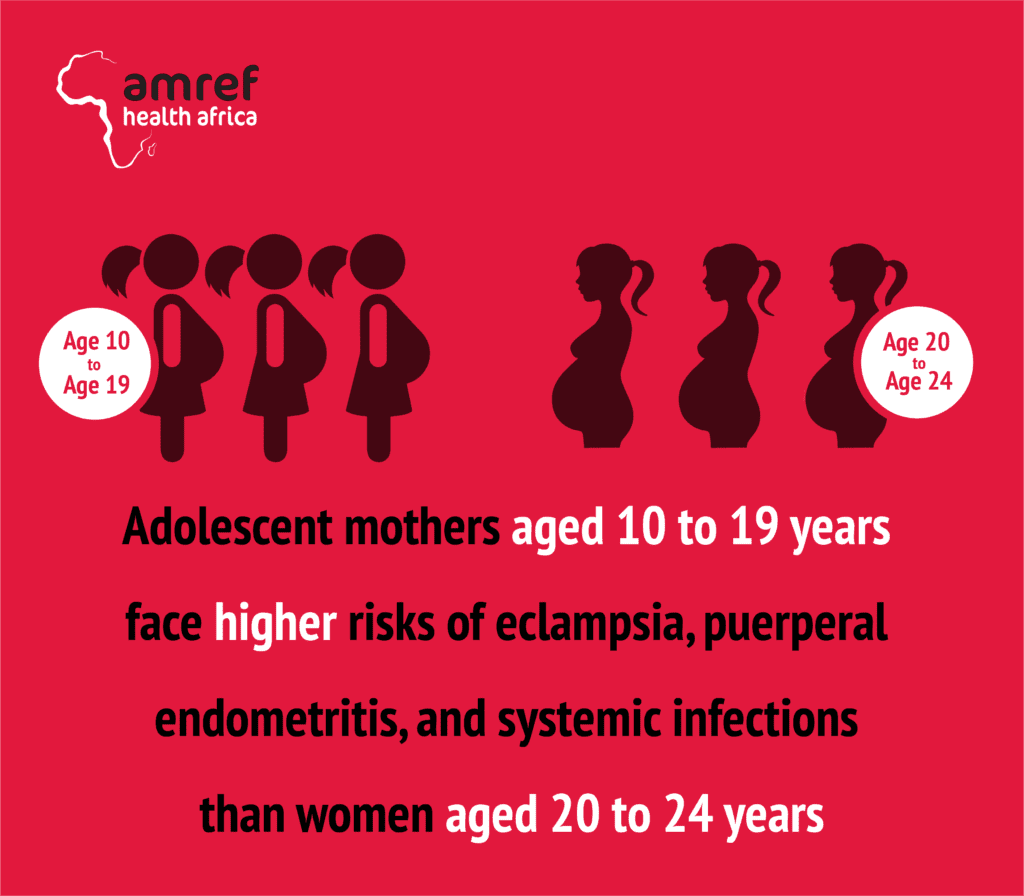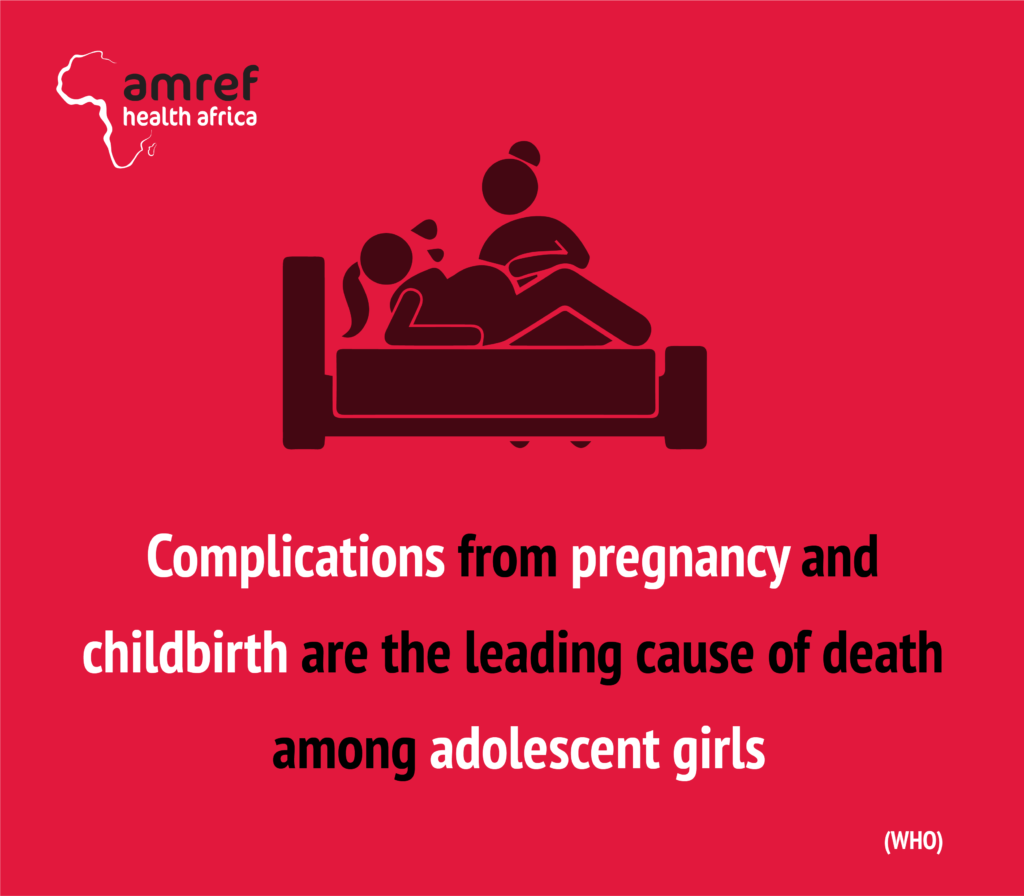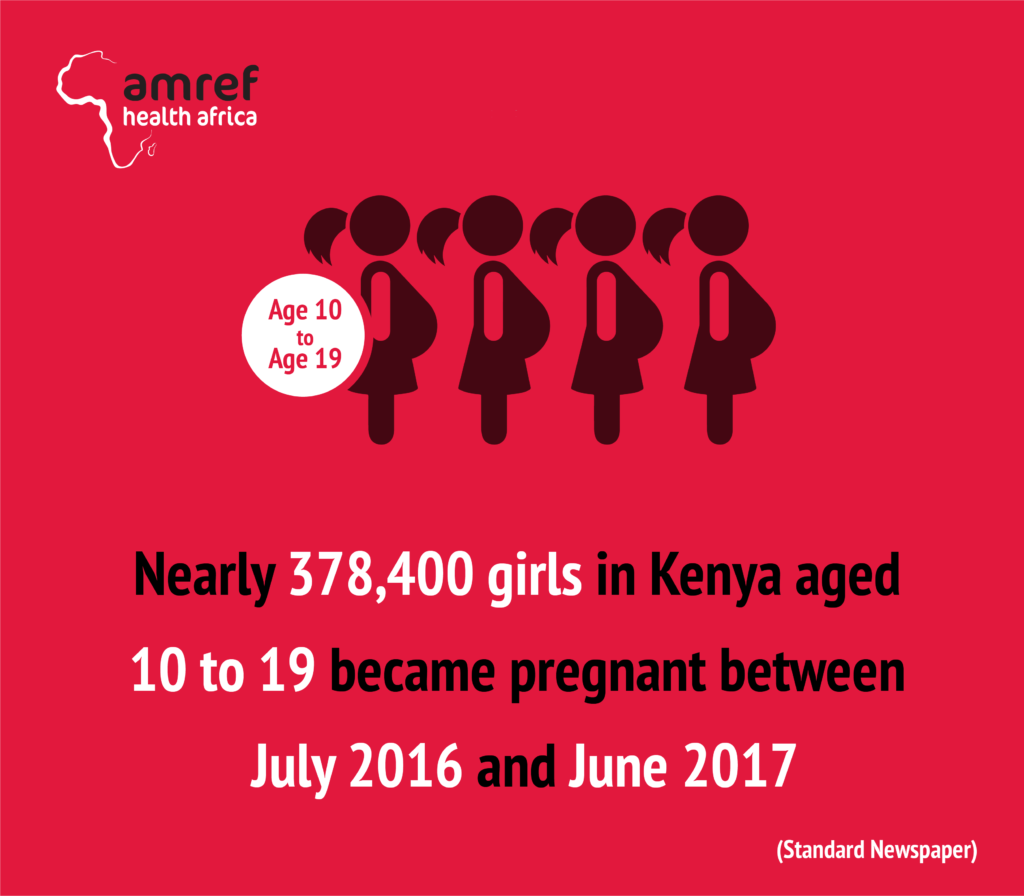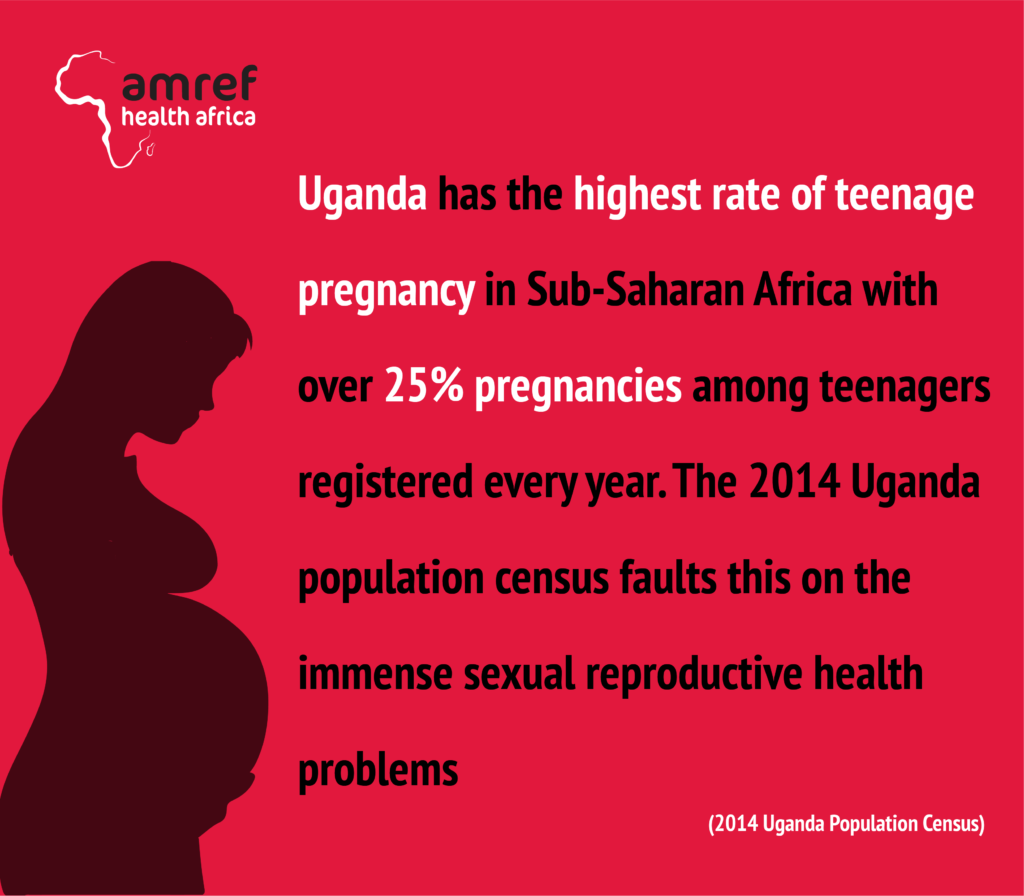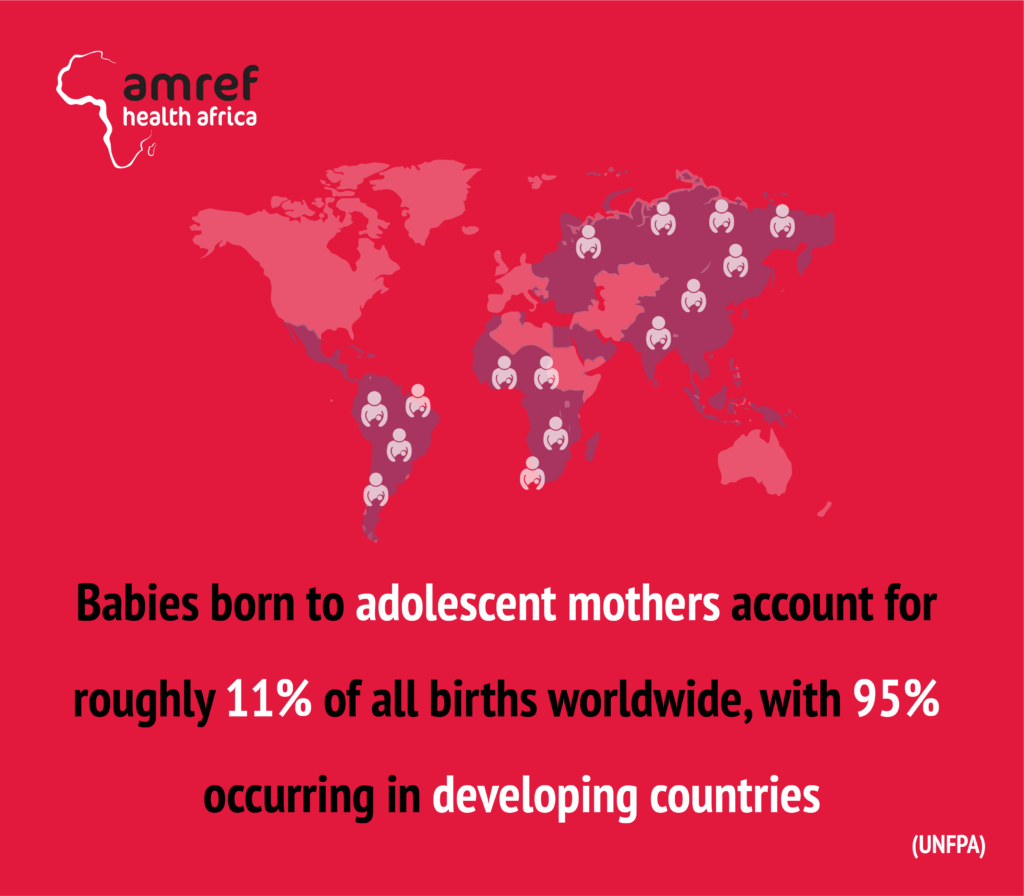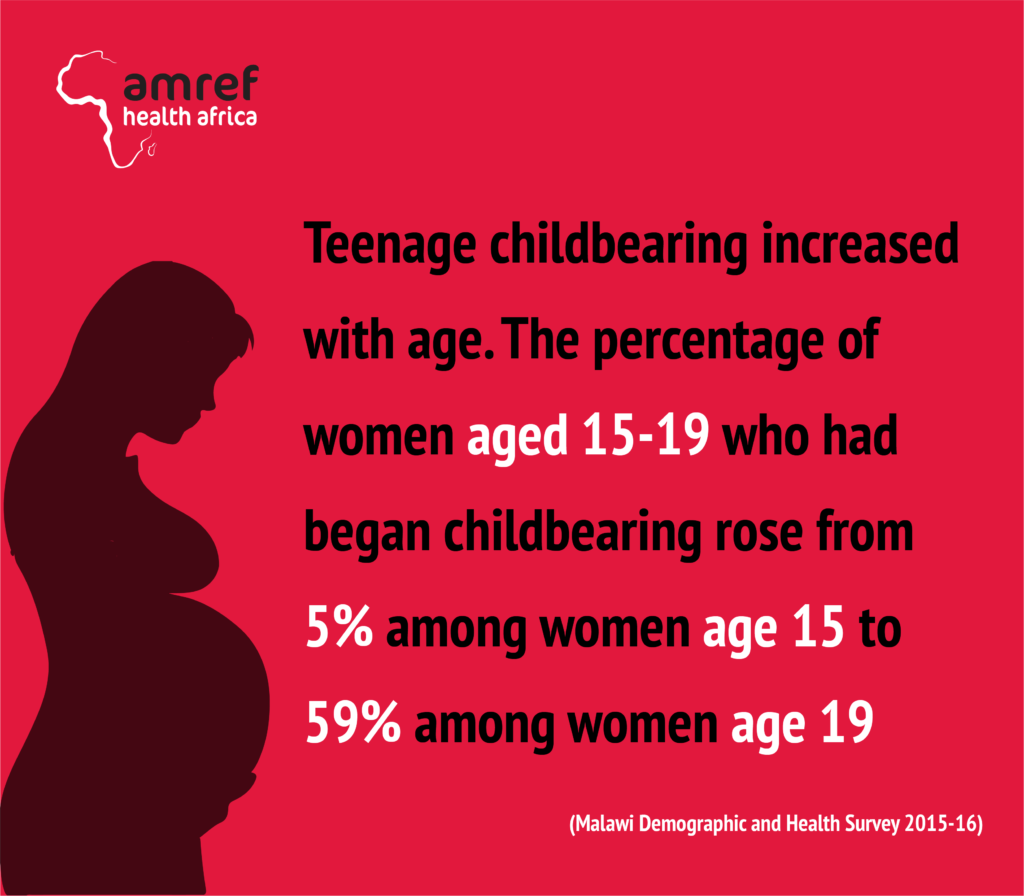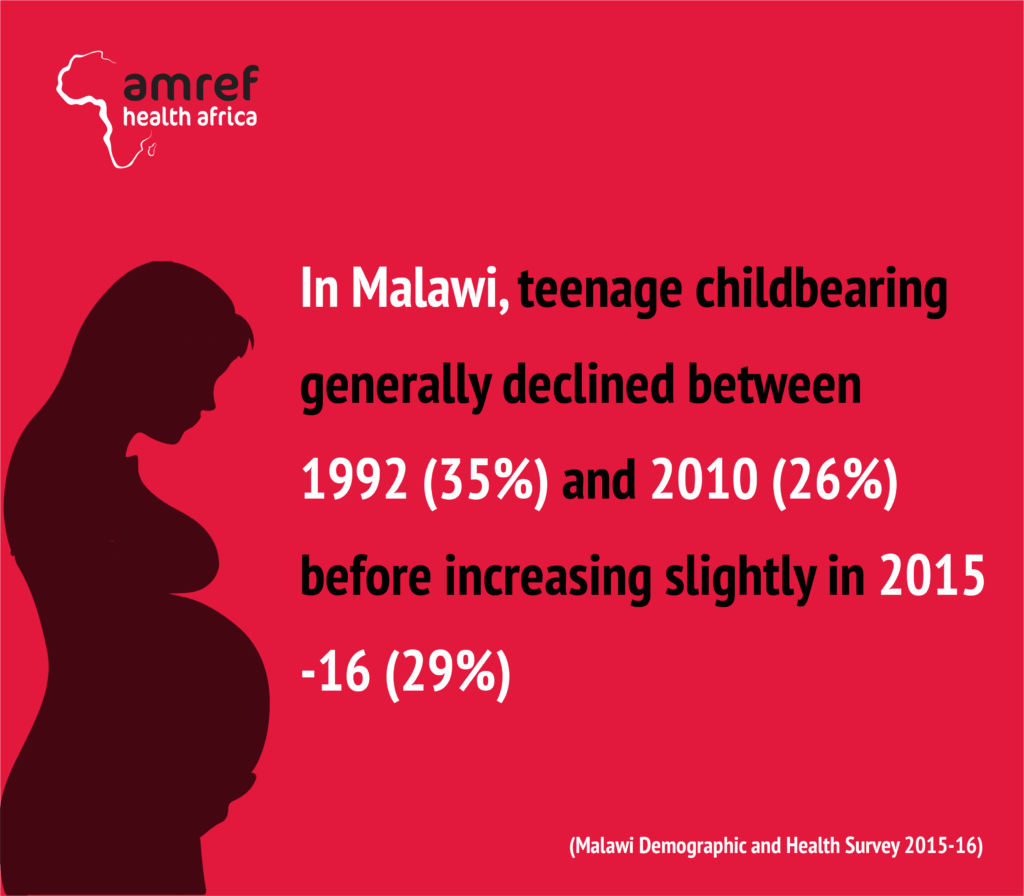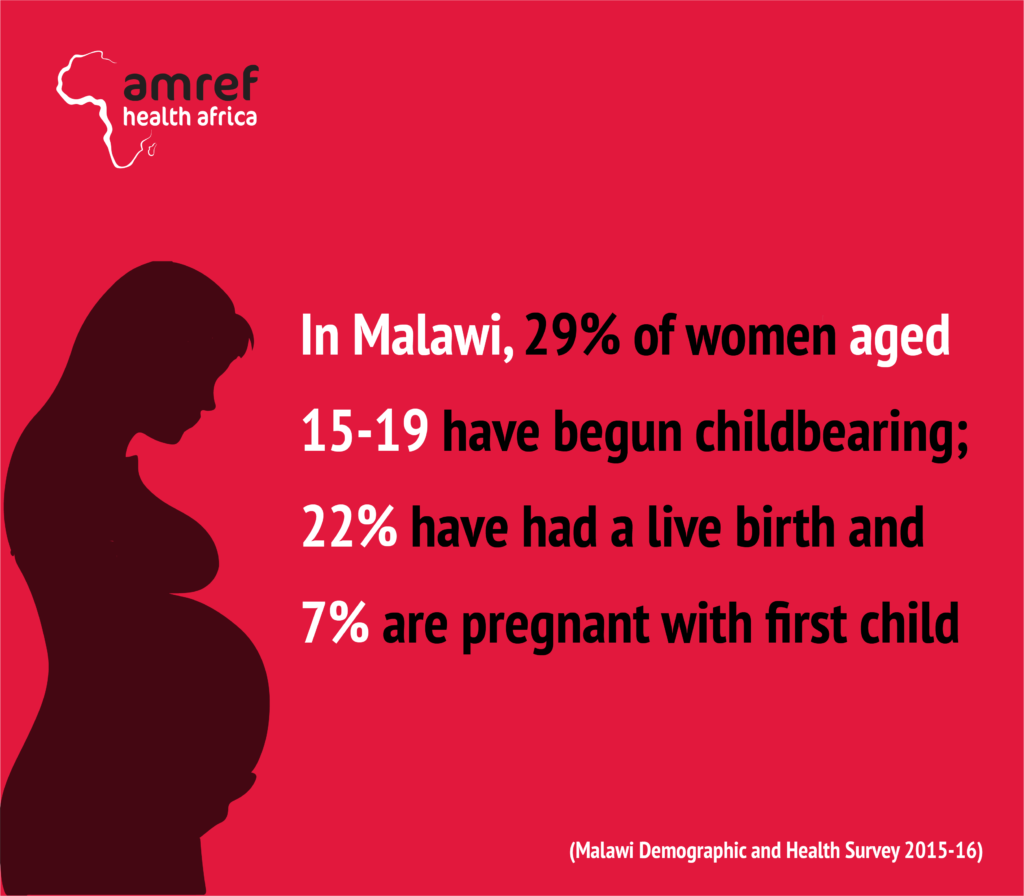Adolescent pregnancy
Fact sheet on teen pregnancy providing key facts and information on causes, consequences and responses.
Every day in developing countries, 20, 000 girls under the age of 18 give birth. This amounts to 7.3 million births a year. And if all pregnancies are included, not just births, the number of adolescent pregnancies is much higher. When these girls become pregnant, their lives can change radically (UNFPA)
HOW TO USE THIS TOOLKIT
Share the tweets & graphics below
Click on the links below to post to Twitter or Facebook, or download graphics to share on other platforms
Personalize your message
Craft your own tweet or post to share about #TeenPregnancy
Include visuals to strengthen your messages
Tag your content
Use these hashtags to amplify the reach of your post
Add a simple ask
Share a link for your followers to learn more
Encourage others to retweet or share their own posts about #TeenPregnancy
Link back to this toolkit
Share this toolkit with your followers
HASHTAG
#DYK
#TeenPregnancy
Social Media Messages
#DYK that around the world, adolescent pregnancies are more likely to occur in marginalized communities, commonly driven by poverty and lack of education and employment opportunities (UNFPA) #TeenPregnancy
#DYK that every day in developing countries, 20,000 girls under age 18 give birth. This amounts to 7.3 million births a year (UNFPA) #TeenPregnancy
#DYK that nearly 378,400 girls in Kenya aged between 10 and 19 years became pregnant between July 2016 and June 2017 (Standard Newspaper) #TeenPregnancy
#DYK when a teenage girl becomes pregnant, her life can change radically. Her education may end and her job prospects diminish. She becomes more vulnerable to poverty and exclusion, and her health often suffers. #TeenPregnancy
#DYK that complications from pregnancy and childbirth are the leading cause of death among adolescent girls. (WHO) #TeenPregnancy
#DYK teenage pregnancy is cited as a key area of concern due to its effect on the health of young girls and their future education and employment prospects. #TeenPregnancy
#DYK that #Teenagepregnancy forces the girls to drop out of school. Often the consequence is a life in poverty.
#DYK teenage pregnancy is the main reason for school dropout and early marriage among teenage girls. (National Adolescents and Youths survey preliminary report)
#DYK adolescent pregnancy is generally not the result of a deliberate choice – these girls often have little say over decisions affecting their lives. Rather, early pregnancy is a consequence of little or no access to school, information or health care. #TeenPregnancy
#DYK that approximately 16 million girls aged 15 to 19 years and 2.5 million girls under 16 years give birth each year in developing regions #TeenPregnancy
#DYK complications during pregnancy and childbirth are the leading cause of death for 15 to 19-year-old girls globally #TeenPregnancy
#DYK that every year, some 3.9 million girls aged 15 to 19 years undergo unsafe abortions. #TeenPregnancy
#DYK that adolescent mothers (ages 10 to 19 years) face higher risks of eclampsia, puerperal endometritis, and systemic infections than women aged 20 to 24 years. #TeenPregnancy
#DYK that babies born to adolescent mothers account for roughly 11% of all births worldwide, with 95% occurring in developing countries. (UNFPA) #TeenPregnancy
#DYK that teenage mothers face a greater risk of dying from pregnancy related complications than women who give birth when they are beyond teenage years, since their bodies are often not fully developed and are likely to face child birth complications leading to death. #TeenPregnancy
#DYK that Uganda has the highest rate of teenage pregnancy in sub-Saharan Africa with over 25% pregnancies among teenagers registered every year. The 2014 Uganda population census faults this on the immense sexual reproductive health problems. #TeenPregnancy
#DYK that the biological onset of adolescence brings not only changes to teenage girls’ bodies but also new vulnerabilities particularly in the areas of sexuality, marriage, and childbearing. #TeenPregnancy
#DYK that according to the 2016 Uganda Demographic Health Survey report child pregnancies increased to 25% and 24% of female teenagers are either pregnant or have given birth. #TeenPregnancy
#DYK? Nearly 378,400 adolescent girls in Kenya between the ages of 10 and 19 years became pregnant between July 2016 and June 2017: 28,932 girls between the ages of 10 and 14 and 349,465 girls between the ages of 15 to 19 years. (UNFPA) #TeenPregnancy
#DYK that the Kenya Adolescent Sexual and Reproductive Health Policy elaborates key actions to reduce teenage pregnancy that has been stagnant over the last decade. #TeenPregnancy
#DYK Sub-Saharan Africa has the largest percentage of teenage pregnancies worldwide, with more than 1 in 5 girls between 15-19 years becoming pregnant, forcing them to drop out of school. Amref Health Africa teaches boys and girls the risks of teenage pregnancy and the use of contraceptives. #TeenPregnancy
#DYK an estimated 21.6 million unplanned pregnancies occur every year in Africa, in 4 out of 10 cases it ends in abortion. Amref Health Africa improves access to family planning and health education. #contraception #TeenPregnancy
#DYK that in low and middle income countries, complications of pregnancy and childbirth are the leading cause of death in young women aged 15–19 years. #TeenPregnancy
#DYK the adverse effects of adolescent childbearing also extend to the health of their infants. Babies of adolescent mothers are also more likely to be of low birth weight, with the risk of associated long-term effects. #TeenPregnancy
#DYK that there is a growing recognition that adolescent pregnancy contributes to maternal mortality, to perinatal and infant mortality, and to the vicious cycle of ill-health and poverty. #TeenPregnancy
#DYK unwanted pregnancies may end in abortions, which are often unsafe in this age group #TeenPregnancy
Besides strengthening reproductive healthcare, Amref Health Africa speaks to traditional leaders and men in order to improve access to contraceptives and make the community more supportive. #TeenPregnancy
Through our “Stand Up for Adolescents” project Amref directly addresses boys and girls and educates them about pregnancy, reproductive health and contraception. #TeenPregnancy
Amref’s Uzazi Uzima project in Tanzania is implementing an Adolescent Sexual and Reproductive Health education program in 145 schools by establishing school youth clubs, thanks to support from @CanadaDev #TeenPregnancy
According to a review of 24 health facilities in Tanzania, as part of our Uzazi Uzima project, regional health officials observed that more youth are visiting facilities to access reproductive health services than before the project started. Uzazi Uzima is supported by @CanadaDev #TeenPregnancy
Through Amref’s Uzazi Uzima project in Tanzania, 145 schools in Simiyu region have formed school youth clubs and are actively implementing an Adolescent Sexual and Reproductive Health education program. Uzazi Uzima is supported by @CanadaDev #TeenPregnancy

